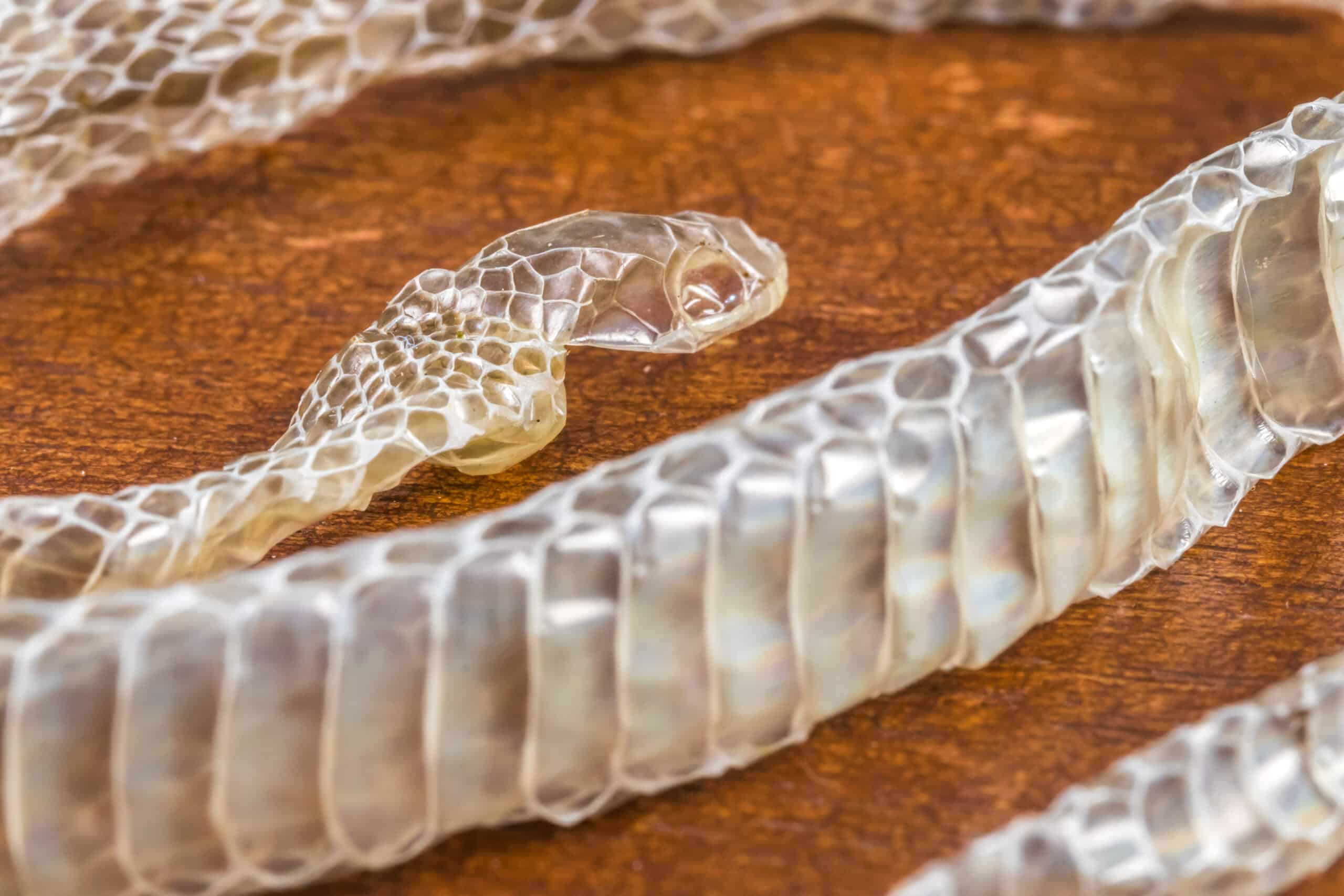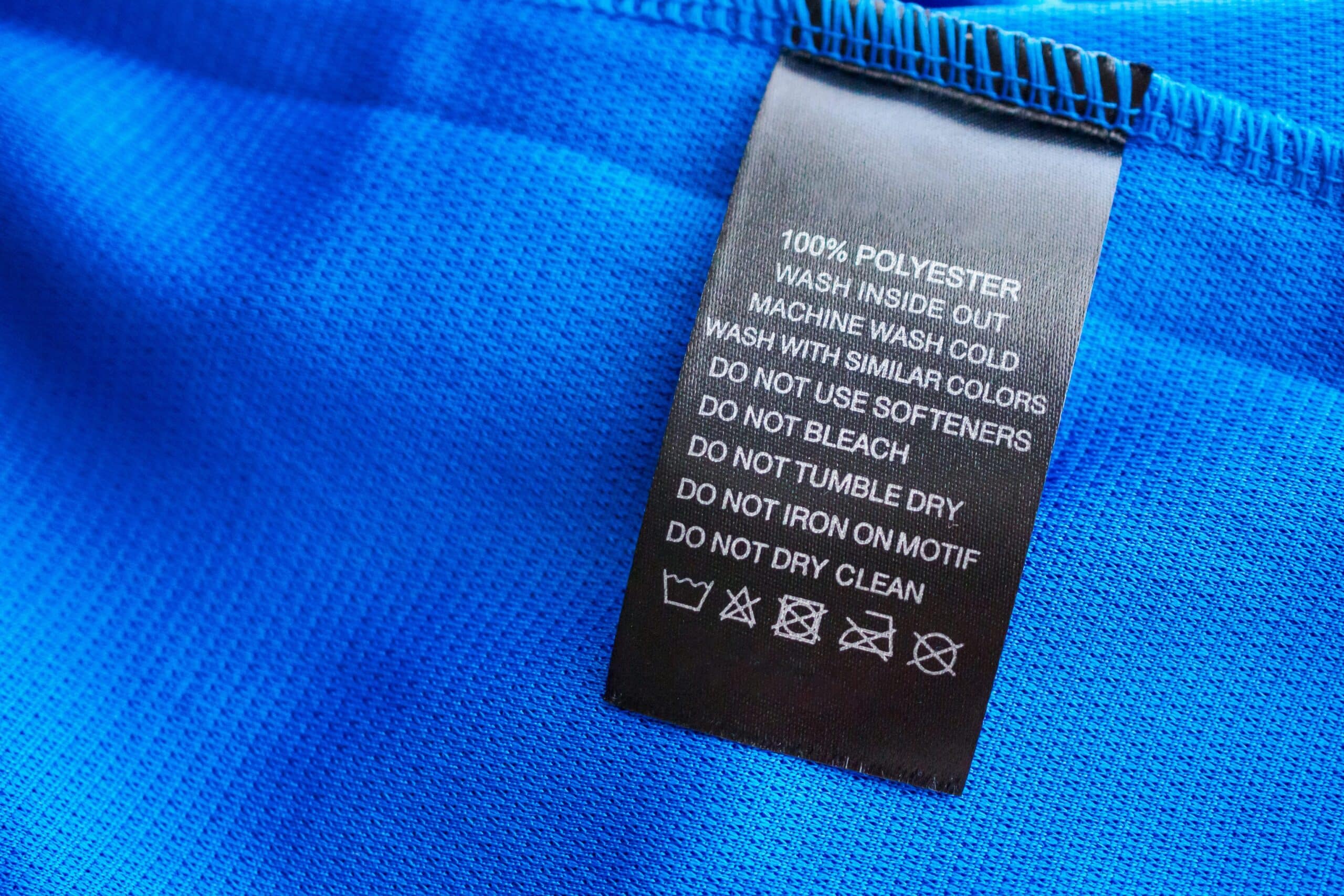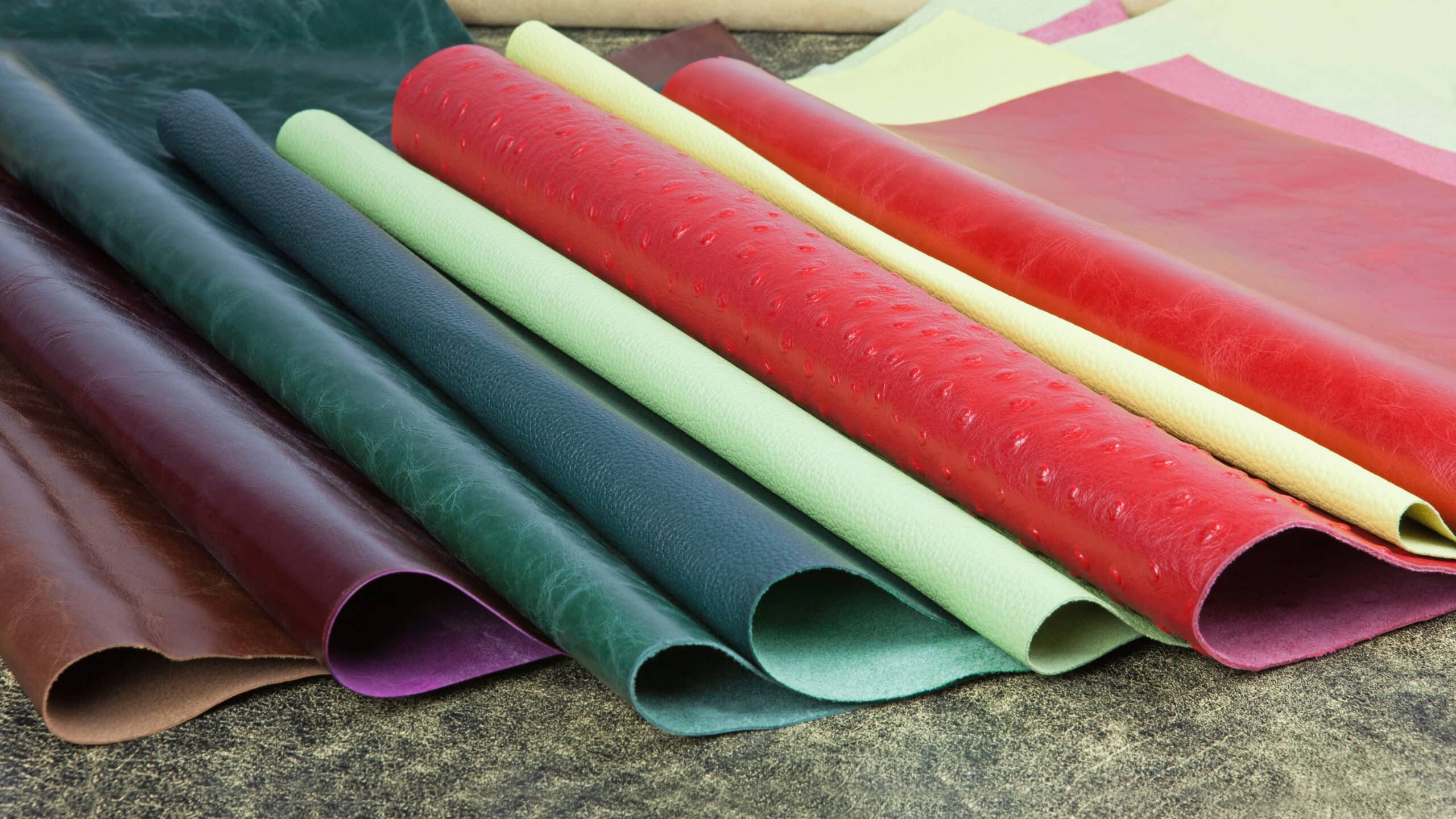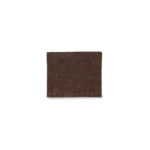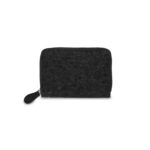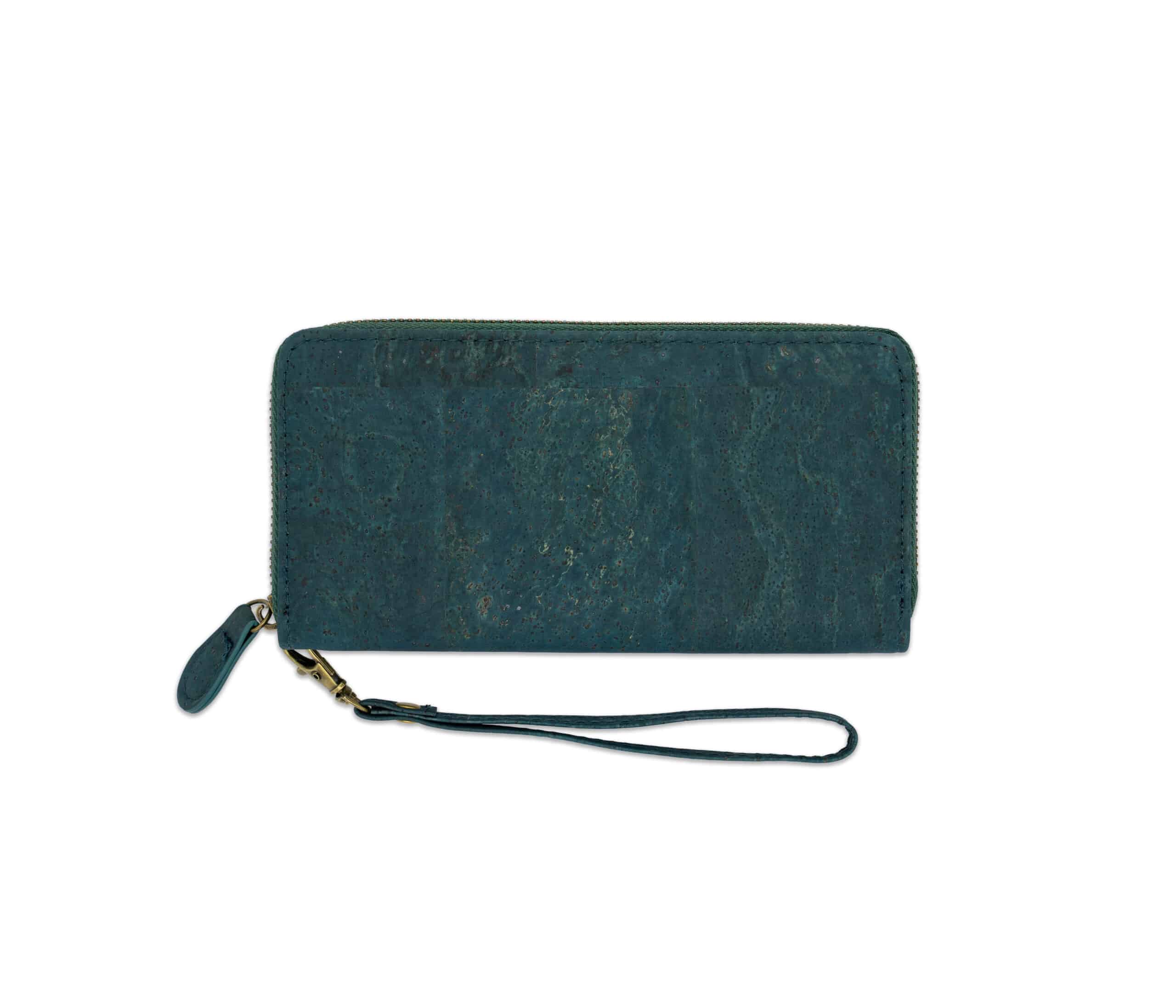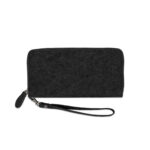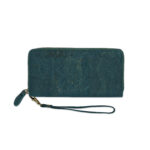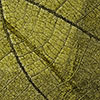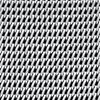Often we don’t even realise what a big impact every piece of clothing we buy has. The fashion industry has an impact on many different areas. Workers are underpaid and work in poor conditions, child labour is tolerated and the environment is also affected. In addition, there is the use of harmful pesticides and chemicals.
Over 6,500 different chemicals are used in the textile manufacturing process. Some of these are toxic and even carcinogenic. Garments go through processes such as dyeing, printing, smoothing, bleaching and impregnating before they go on sale. One kilo of chemicals is used per kilo of clothing.
In addition, the textile industry consumes vast amounts of water for the production of garments and leaves the water polluted afterwards. Nearly 2,500 litres of water are used to produce one T-shirt. This includes the water used to grow and produce the yarn and fabric, including production steps such as dyeing, bleaching or cleaning, and finally finishing and delivering the garment. Fertilisers and pesticides are used on cotton plantations, which means that the soil under the fields is completely polluted. Purifying the resulting contaminated water is not really possible and one way out would be to reduce pesticides.
The textile factories also cause a lot of pollution in the surrounding rivers. Dye residues from the dyeing of clothes, as well as toxic chemicals, are discharged from the factories into surrounding rivers. As a result, the animal population in the rivers is declining, which not only harms nature, but also leads to a lack of food and income from fishing for the people who live near the rivers. Of course, this also creates a lack of clean drinking water and more people fall ill due to the toxins in the water.
The use of large quantities of chemicals not only harms our environment, but also the people who make the garments. Those who work on cotton plantations carry discolouration of their skin and hair caused by the sprayed pesticides. Workers who work on machines risk losing body parts. On leather rollers, for example, it can happen that people are pulled into the machine. Respiratory diseases and postural problems are also common, and all of these affect not only adults but also children.








